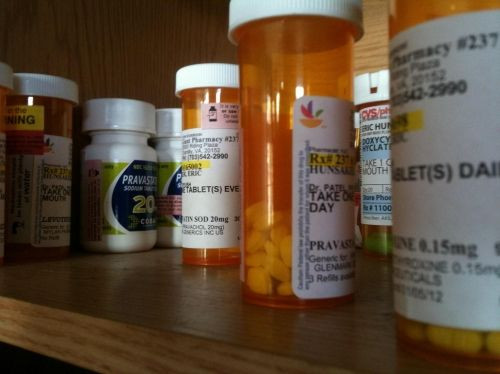Less Medicare Users Hit 'Catastrophic Coverage' as Doughnut Hole Closes

Fewer Medicare Part D prescription plan enrollees are reaching the threshold for “catastrophic coverage” according to the Kaiser Family Foundation study released today.
The Part D beneficiaries are allowed up to $2,840 before they reach the point at which they should pay for their medical prescription expenses – and now Congress plans to ensure that this coverage is sustained throughout.
The doughnut hole – so called because it is filled by the patient’s own personal expenses – is now closing from 2011, where drug manufacturers have agreed to pay for Part D subscribers by initially as much as fifty percent, until 2020 when it will eventually have closed completely.
"This data spotlight examines the availability of (doughnut hole) gap coverage in the private Medicare Part D drug plans offered to beneficiaries in 2011, the first year of the phase-out of the gap, as required under the 2010 health reform law,” reads the Kaiser press release.
"The changes for 2011 include a 50 percent discount on brand-name drugs purchased during the gap in coverage, reducing an enrollee’s potential out-of-pocket costs in the gap from about $3,600 to $1,800.”
“Catastrophic coverage” introduced when Congress implemented the law ensures that “big spenders” have enough coverage; Should their health expenses top $6,448 a year (a further $3,608 above), the plan resumes paying 95 percent of the bill.
"The portion of Part D enrollees whose spending qualifies them for catastrophic coverage declined from 4 percent in 2007 to 3 percent in 2009." the report stated.
Published by Medicaldaily.com



























